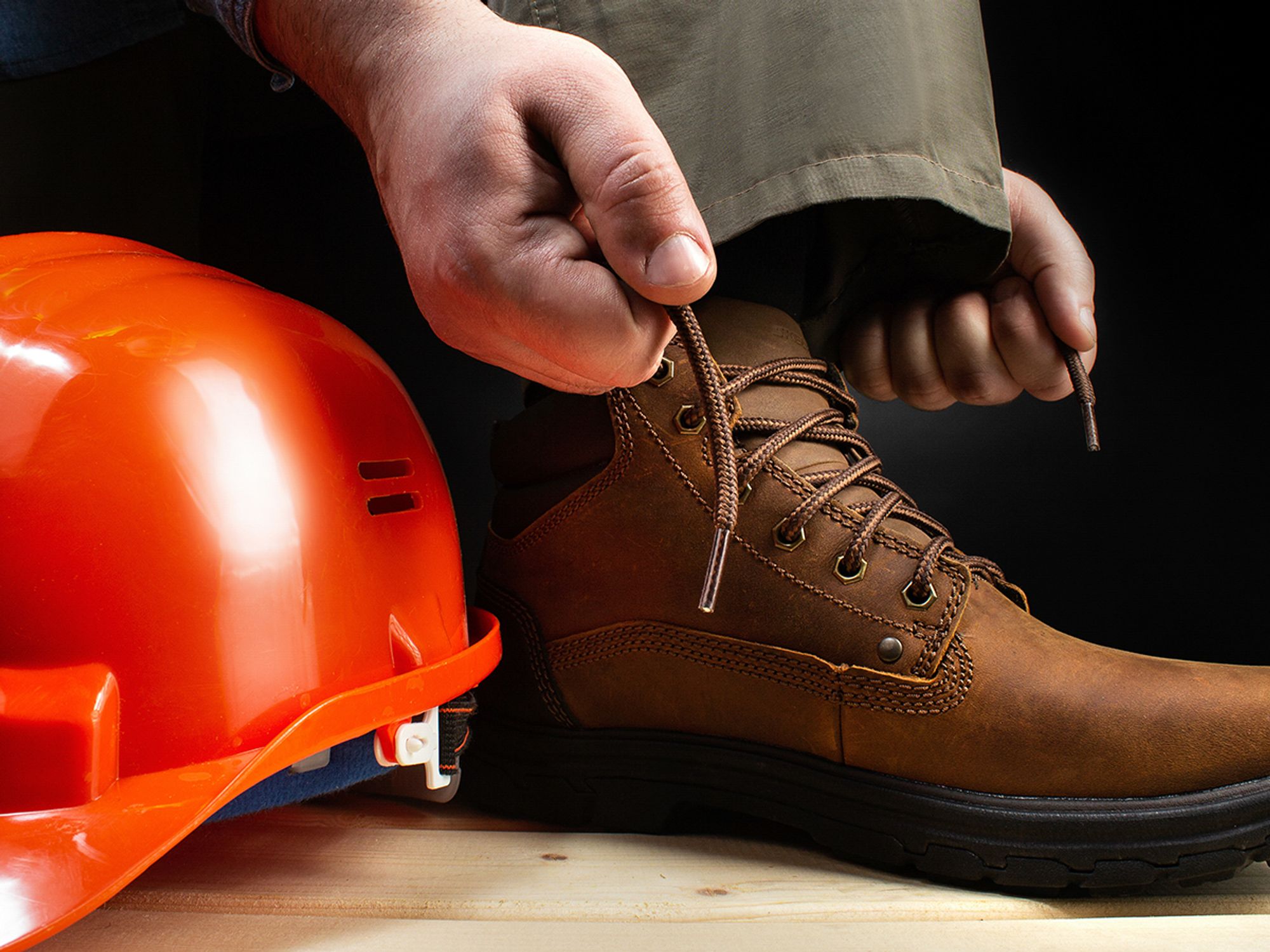PPE for foot protection

- Employers must provide foot protection when workers are exposed to a variety of falling, rolling or crushing hazards.
- The OSHA standard for foot protection applies to all General Industry employers whose employees are exposed to certain hazards in the workplace.
- Employers must provide foot protection at no cost to employees whenever certain hazards are present.
- Foot protection must meet one of three industry standards: ANSI Z41-1991, ANSI-Z41 1999, or ASTM F-2412-2005 and F-2413-2005.
Employees who face possible foot or leg injuries from falling or rolling objects or from crushing or penetrating materials must wear protective footwear. Also, employees whose work involves exposure to hot substances or corrosive or poisonous materials must have protective gear to cover exposed body parts, including legs and feet. If an employee’s feet may be exposed to electrical hazards, non-conductive footwear should be worn.
The Occupational Safety & Health Administrations (OSHA)’s foot protection standard is detailed in 1910.136.
What are the PPE requirements for foot protection?
Employers covered under the foot protection standard should:
- Assess the workplace for areas where there is a danger of foot injuries due to falling or rolling objects, or objects piercing the sole, or when the use of protective footwear will protect the affected employee from an electrical hazard, such as a static-discharge or electric-shock hazard.
- Select footwear appropriate to the hazards of the job.
- Provide foot protection at no cost to the employee, except for non-specialty steel-toe shoes if the employer allows them to be taken off the jobsite.
- Ensure safety footwear meets one of three OSHA-accepted industry standards (American National Standards Institute (ANSI) Z41-1991, ANSI-Z41 1999, or American Society for Testing and Materials (ASTM) F-2412-2005 and F-2413-2005).
- Train employees on the use, care, maintenance, and inspection of safety footwear.
Who must comply?
The Occupational Health and Safety Administration (OSHA)’s foot protection standard applies to all General Industry employers who have employees with risk of exposure to foot injuries.
